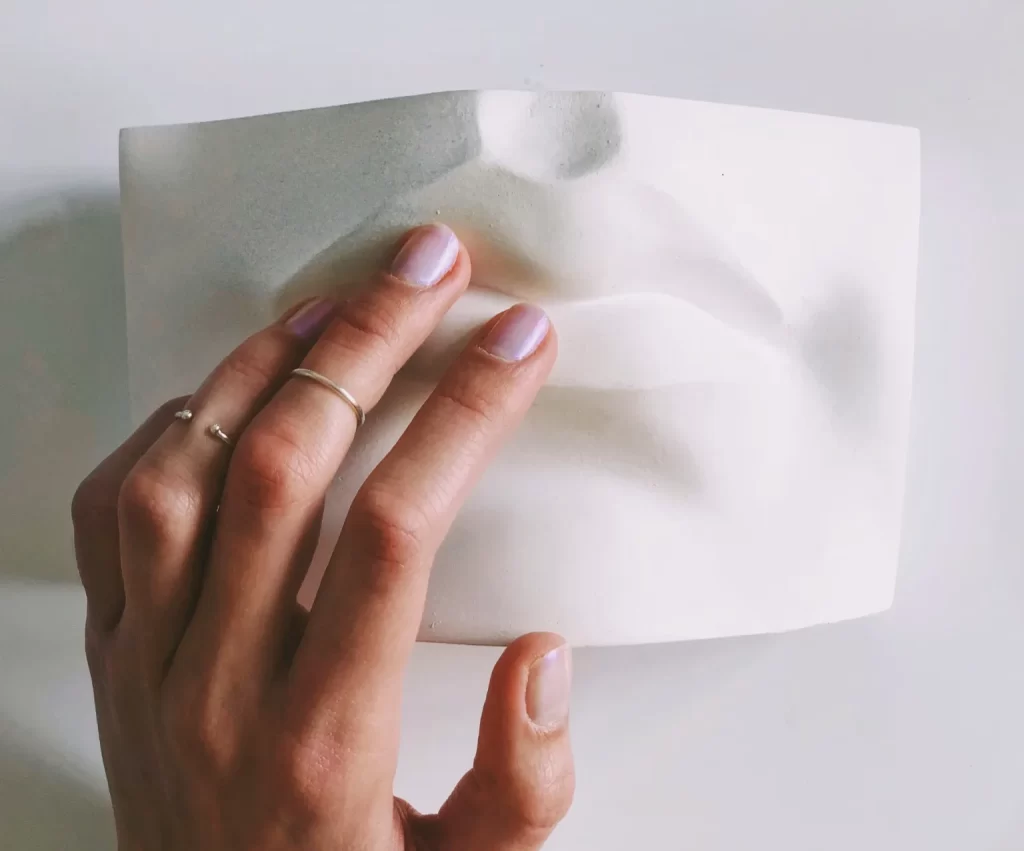Tactile tours are specialized guided experiences designed to make museums, galleries, and stage shows accessible and engaging for individuals with sensory impairments, such as blindness or low vision. These tours allow participants to physically interact with objects, artworks, or exhibits, enhancing their understanding and enjoyment through touch, sound, and other sensory experiences. Francois Jacobs from Arts Access Victoria highlights the significance of tactile tours in bringing performances and exhibitions to life for the disability community, emphasizing the need for emotional, curious, and creative engagement beyond mere touch.
The effectiveness of a tactile tour lies in its thoughtful execution, which involves collaboration with experts and individuals with lived experiences to ensure meaningful and safe interactions. Blind arts critic Olivia Muscat shares her personal insights, noting that smaller productions often offer more intimate and enjoyable tactile experiences, including interactions with cast members and the opportunity to closely examine important show elements. Muscat emphasizes the importance of tactile tours in providing context and reducing the cognitive load for visually impaired individuals, allowing for a more comprehensive understanding of a performance or exhibit.
Practical considerations for designing tactile tours include curating a well-structured experience that balances essential information without overwhelming participants. Respecting personal space and offering choices in what to touch are crucial for comfort and inclusivity. Francois Jacobs outlines steps for organizing tactile tours, which include understanding the audience, selecting engaging objects, collaborating with experts, ensuring safety and comfort, and incorporating multi-sensory elements. Feedback and continuous improvement based on participant experiences are vital for enhancing the accessibility and enjoyment of tactile tours, making art and performances more inclusive for all audiences.
See the videos below for examples of what tactile tours may look like.
Source: Arts Hub
Tactile Tours In Your Local Communities
Creating tactile tours in local communities can be a rewarding initiative to enhance accessibility and inclusion for individuals with sensory impairments. Here’s how people can start this process, considering factors like budget, availability of volunteers or organizers, and permissions required:
1. Community Engagement and Collaboration
Begin by engaging with local disability organizations, schools for the blind, and community centers to understand the needs and interests of potential participants. Collaboration with these groups can help in tailoring the tactile tour to the community’s needs and recruiting volunteers who are passionate about accessibility.
2. Venue Partnership
Partner with local museums, galleries, theaters, or public spaces interested in making their venues more inclusive. Many places are open to community initiatives, especially those that enhance accessibility. Discussions with venue management can lead to agreements on hosting tactile tours during less busy hours or special events dedicated to inclusivity.
3. Volunteer Recruitment and Training
Recruit volunteers from the community, local universities, and organizations. Training is essential for volunteers to understand how to interact with participants with sensory impairments, describe objects effectively, and ensure safety. Collaboration with experts in accessibility and sensory impairments can enhance the quality of the training.
4. Budget-Friendly Resources
Utilize budget-friendly resources to create tactile experiences. This can include creating replicas of artworks with affordable materials, using everyday objects as tactile examples, or incorporating simple DIY projects. Engaging local artists or students in creating these materials can also foster community involvement.
5. Fundraising and Sponsorships
Consider fundraising initiatives or seek sponsorships from local businesses to cover costs. Crowdfunding platforms, community grants, or partnerships with local businesses can provide financial support for materials, training, and other necessities.
6. Permission and Legal Considerations
Ensure all necessary permissions are obtained, especially when dealing with copyrighted artworks or when planning to alter spaces for accessibility. It’s important to adhere to legal requirements and respect intellectual property rights when creating replicas or using artworks.
7. Promotion and Accessibility
Promote the tactile tours through community channels, social media, local newspapers, and disability organizations. Ensure promotional materials are accessible, offering information in formats like braille, large print, and audio.
8. Feedback and Improvement
After conducting tactile tours, gather feedback from participants and volunteers to understand what worked well and what could be improved. Continuous improvement will help in refining the tactile tours and ensuring they meet the needs and expectations of the community.
By taking these steps, individuals and groups can initiate tactile tours in their local communities, making cultural and public spaces more accessible and enjoyable for everyone, regardless of sensory capabilities.
ChatGPT, a potential tool for increased accessibility, was used as a research and writing aid for this blog post. Do you think this is an appropriate use of chatGPT? Why or why not? Let me know!

